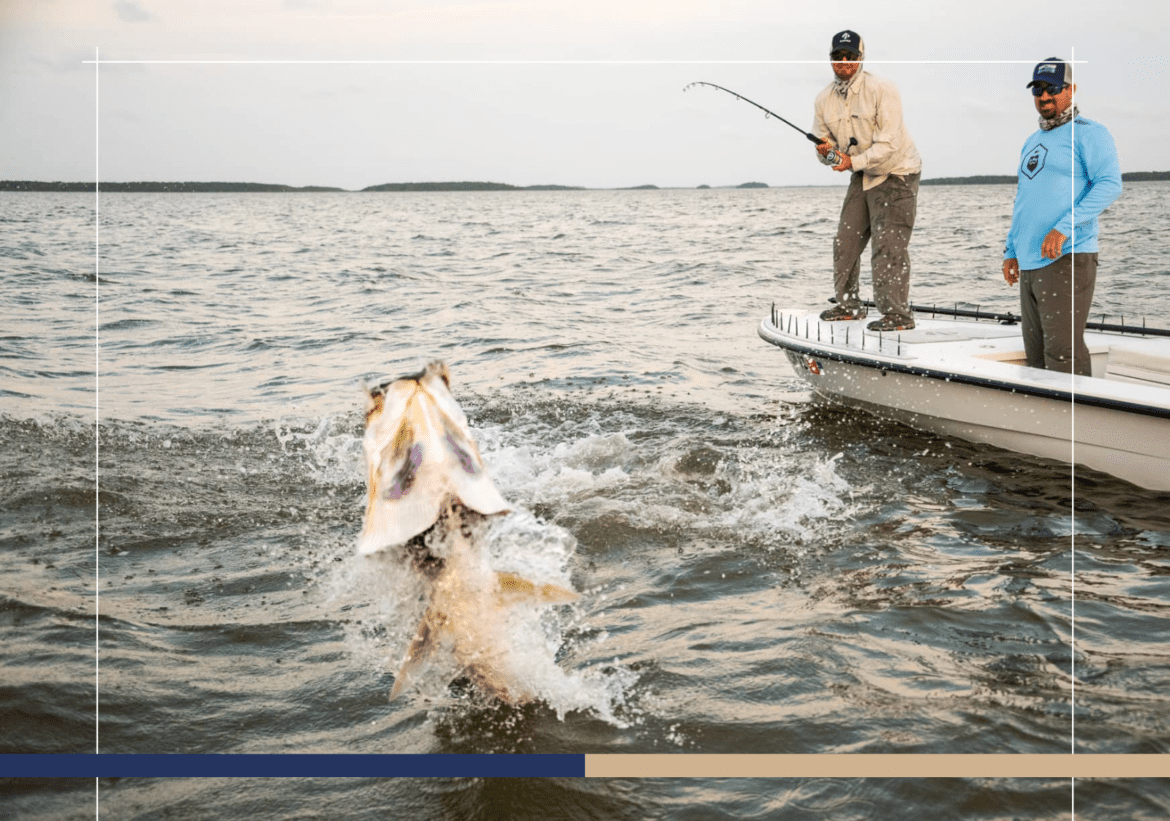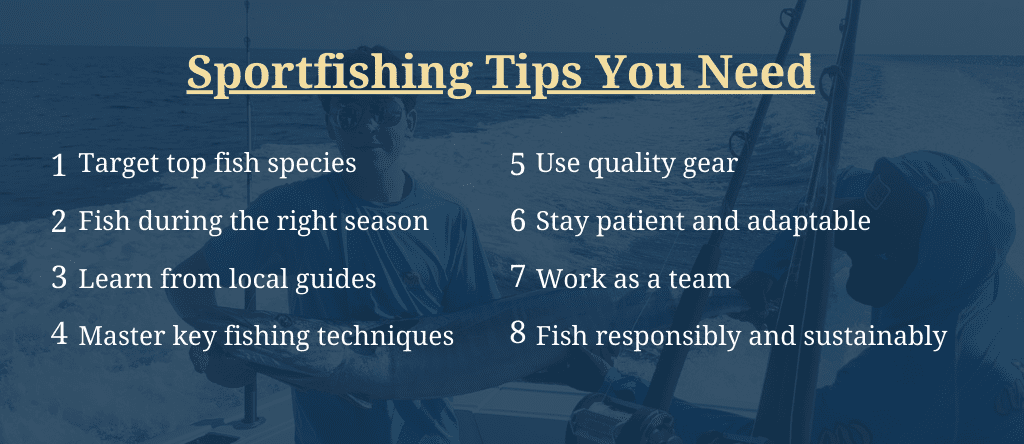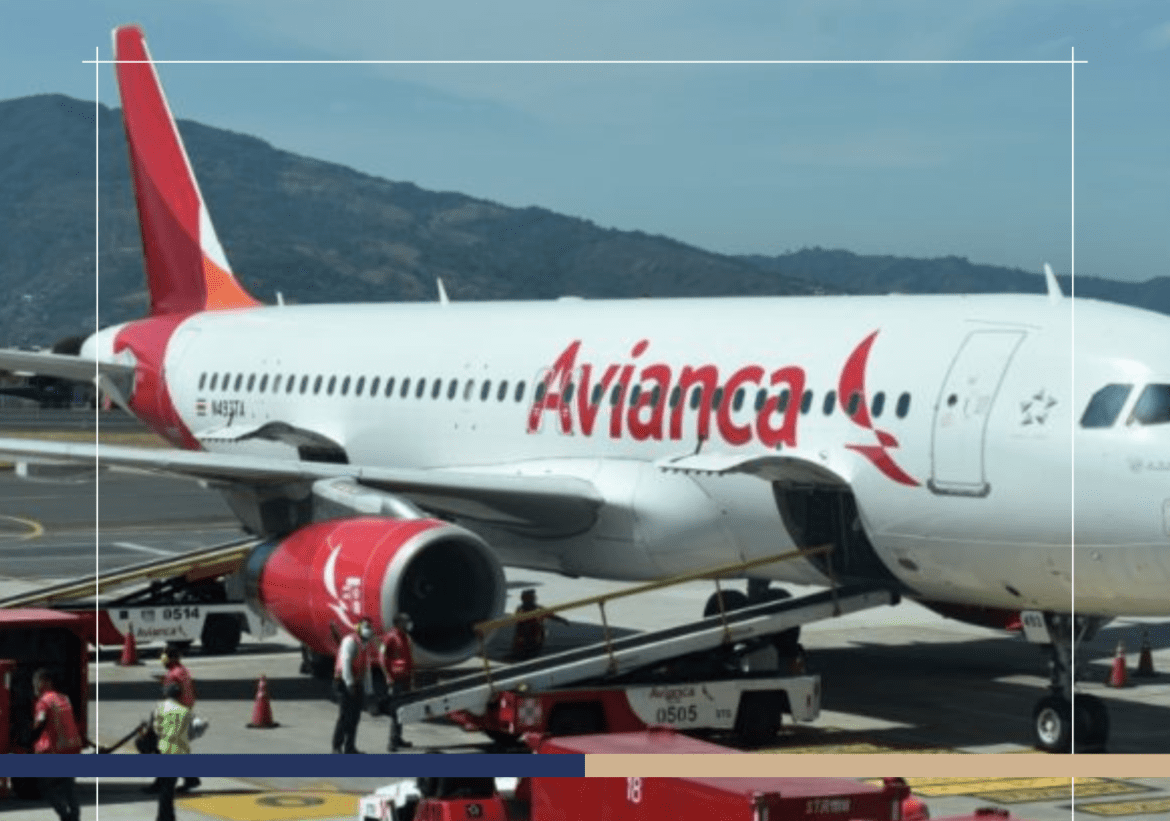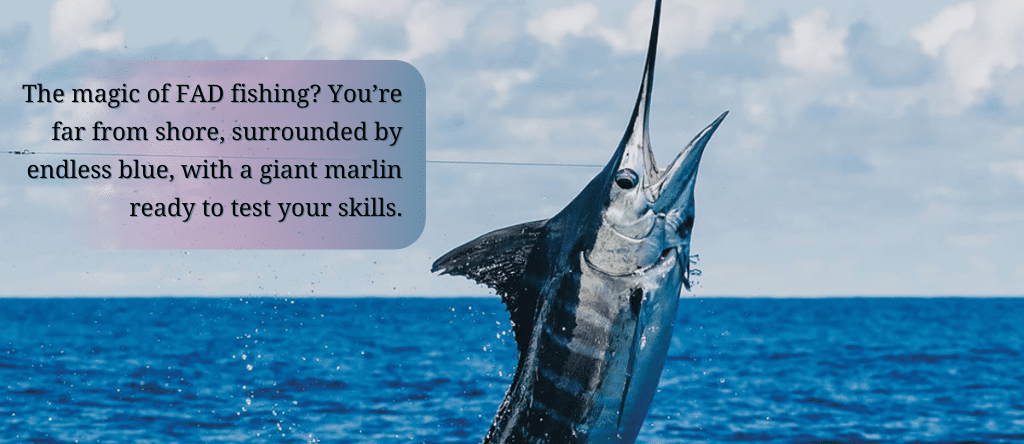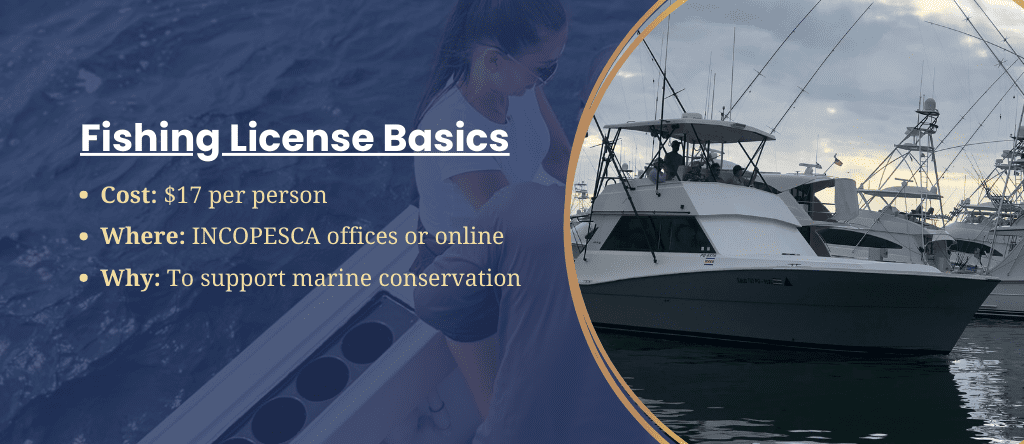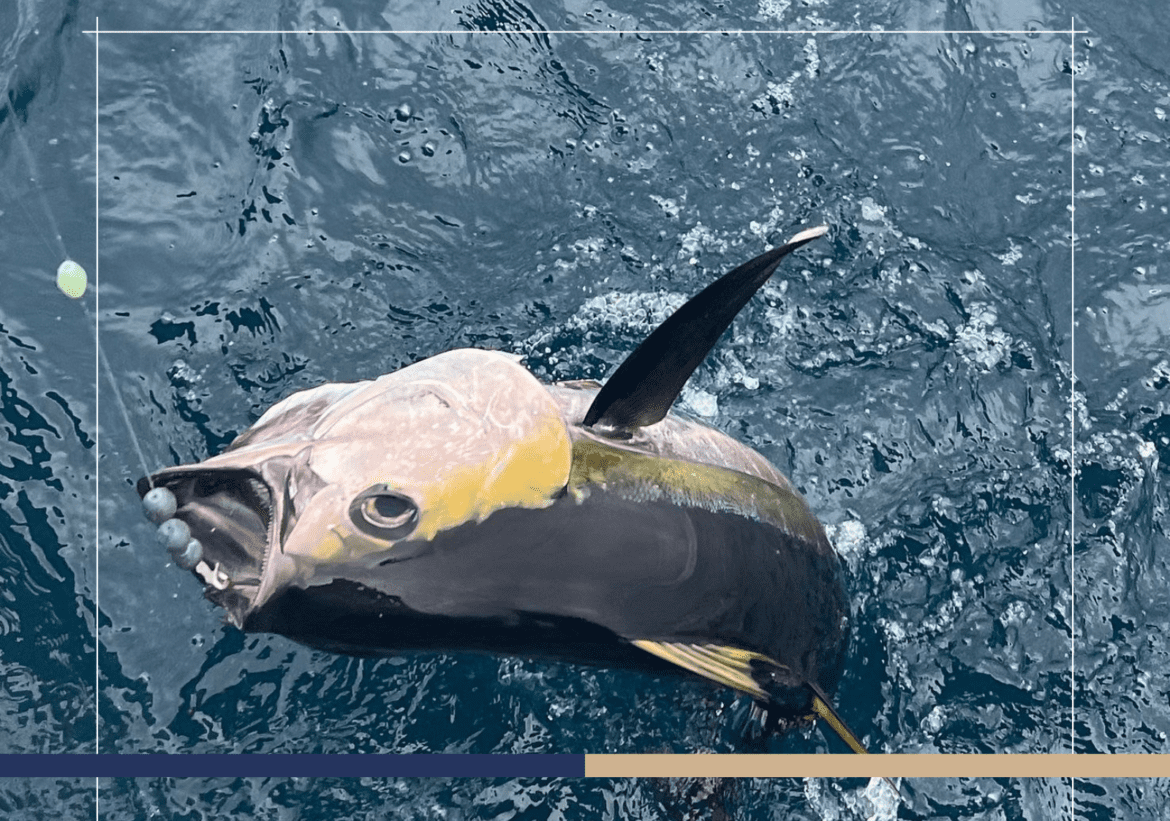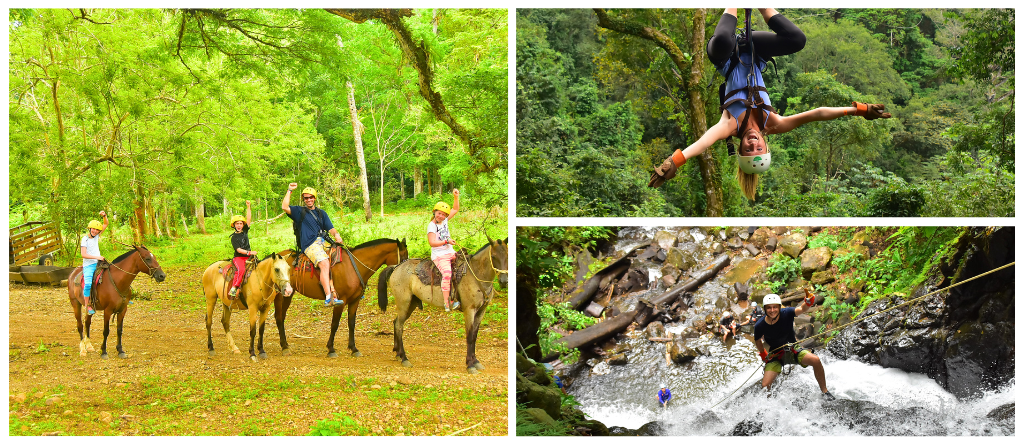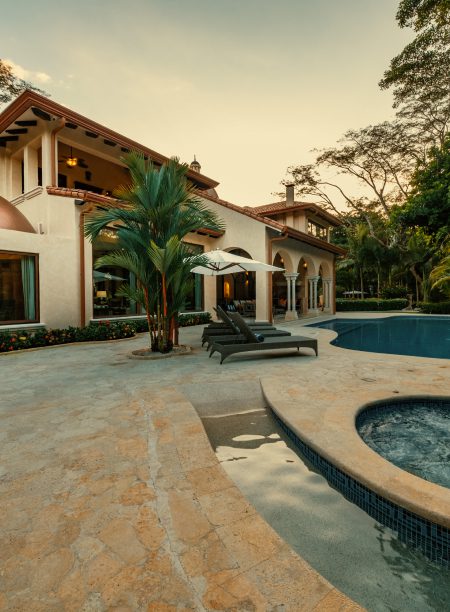If you enjoy fishing the most and are now looking for some adventure to challenge your fishing skills, you would not like to miss tarpon fishing on the Caribbean Coast of Costa Rica. The Silver King is a fighting fish that will challenge your skills and strength. Whether you are an experienced angler or a beginner, Costa Rica has year-round fishing, beautiful scenery, and expert guides to assist you in catching the catch of a lifetime.
What Makes Tarpon Fishing an Adrenaline Experience?
Tarpon fishing is all about excitement. The moment you hook one, you are in for a battle. The tarpons are gigantic, strong, and moody, making every fight an adrenaline-filled experience.
The Silver King – A Giant of the Sea
Tarpons are massive, growing 8 feet long and more than 200 pounds. Their iridescent silver scales make them one of the most recognizable and sought-after game fish in recreational sport fishing.
Acrobatic Jumps & Powerful Runs
Hook a tarpon, and you’re in for a show! They leap high out of the water, usually 10 feet or more, rolling and turning as they try to shake the hook. Their lightning-fast, crazy runs keep you guessing, and every battle is one you’ll never forget.
Hard Hook Sets
Tarpons have hard, bony mouths, and setting the hook is tough. Even experienced anglers have trouble setting hooks, which makes tarpon fishing so thrilling.
Variety of Fishing Techniques
There are more than a few methods for catching a tarpon. Some fly fishers prefer to fly fishing in shallow water, while others enjoy live bait fishing with mullet, shrimp, or crabs. If you are seeking active fishing, artificial lures such as Rapalas and MirrOlures will get the job done, keeping the game all exciting.
Adrenaline-Pumping Fights
Tarpon battle! A fight with one of these beasts lasts 30 minutes to an hour or more, putting your toughness and willpower to the test. It is an actual test of skill that sets anglers to target more and more.
Year-Round Action & Night Fishing
The best part? Tarpon fishing in Costa Rica is a year-round affair. While February-May and September-October are the best months, you can catch them any time. For a unique experience, take a night fishing trip when tarpons are even more lively, giving you an experience that will last a lifetime. Don’t forget to save the dates, as every season is the fishing season in Costa Rica.
Why the Caribbean Coast is Ideal for Tarpon Fishing
The Caribbean Coast of Costa Rica offers some of the best tarpon fishing globally. The region is rich in the best fishing spots, stunning landscapes, and experienced guides who will make your experience as fruitful as possible.
Perfect Habitat for Tarpon
This country is perfect for tarpon, with river mouths, estuaries, and lagoons providing endless amounts of food and plenty of space for them to thrive.
Round-the-Year Fishing in a Picturesque Landscape
While tarpon is available throughout the year, the best fishing is from February to May and September to October. Costa Rica’s lush rainforests and peaceful waters provide a fantastic backdrop for your fishing adventure.
Conveniently Located Fishing Spots
Costa Rica fishing is convenient, with top spots like Tortuguero, Parismina, and Barra del Colorado offering well-stocked lodges and seasoned charters to get you to the most sought-after spots.
More Than Fishing
There is more to be savored than just tarpon fishing. While on the water, manatees, sea turtles, crocodiles, and migratory tropical birds can be expected. It is indeed the perfect excursion for animal lovers, too.
Best Tarpon Fishing Spots along the Caribbean Coast
Costa Rica is endowed with the world’s finest tarpon fishing grounds. The locations will never let you lack action, whether it is peaceful lagoons or open ocean.
- Tortuguero: This remote paradise is full of tarpon and is just naturally stunning. The canals and estuaries offer tranquil, picturesque water perfect for fishing. It also boasts dense rainforest and diverse wildlife, from sea turtles to tropical birds.
- Parismina: Where you head to catch monster tarpon! Parismina has experienced guides who understand these waters like the back of their hand, which makes it ideal for serious anglers. You have ocean and river mouths, providing diverse fishing experiences.
- Barra del Colorado: Known as the “Mecca of Tarpon Fishing,” this untouched fishing haven offers some of the best tarpon action in the world. With low fishing pressure and pristine waters, you’ll experience non-stop action. Guided tours are recommended for the best experience.
- Río Colorado: Near the Nicaraguan border, the river where the salt and freshwater mix offers a great baithouse for monster tarpon. The estuary, rich in nutrients, holds fish schools year-round, offering a great opportunity to catch a trophy.
Tarpon Fishing Tips in Costa Rica
Having some key tips in your arsenal will ensure your fishing trip is a success. As an experienced angler or a novice, the right gear, timing, and techniques will improve your chances of landing a monster.
Gear Recommendations
You will need strong, heavy-duty fishing equipment. Heavy-duty reels and rods with good drag systems are necessary to handle their runs. Abrasion-resistant leaders and line can withstand their hard mouths, giving you a better chance of keeping them on the hook.
Best Time to Fish
Tarpons are most energetic in the early morning and late afternoon when the waters are cold. To have the best chance for success, go between the peak months of February to May and September to October when tarpons are at their most aggressive.
Catch-and-Release Best Practices
In order to save the tarpon species, treat them with care. With barbless hooks, it will be easier and safer to release them. Release them into the water always, and never lift them aboard to keep them safe from extra stress and for their vigor on their next encounter. Catch-and-release is the key to successful, safe, and enjoyable tarpon fishing in Costa Rica.
What to Expect During a Tarpon Fishing Trip
The tarpon fishing trip in Costa Rica is half adventure and half fishing—and one you’ll never forget. Knowing what to expect to get the most out of it.
Charters & Lodging Options
From affordable eco-lodges to luxury resorts, Costa Rica has something for every budget. Charters are available in all-inclusive packages, including guided fishing trips, meals, and comfortable lodging.
Fishing Conditions & Wildlife Encounters
Expect calm waters and clear skies during peak seasons, making for perfect fishing conditions. Plus, you’ll have the chance to spot manatees, sea turtles, crocodiles, and tropical birds, adding even more excitement to your trip.
Beyond Fishing – Exploring Costa Rica
There is more to do than fishing. Visit Tortuguero National Park, take a rainforest excursion, or float through the canals on a boat tour. Costa Rica has natural sites waiting to be discovered.
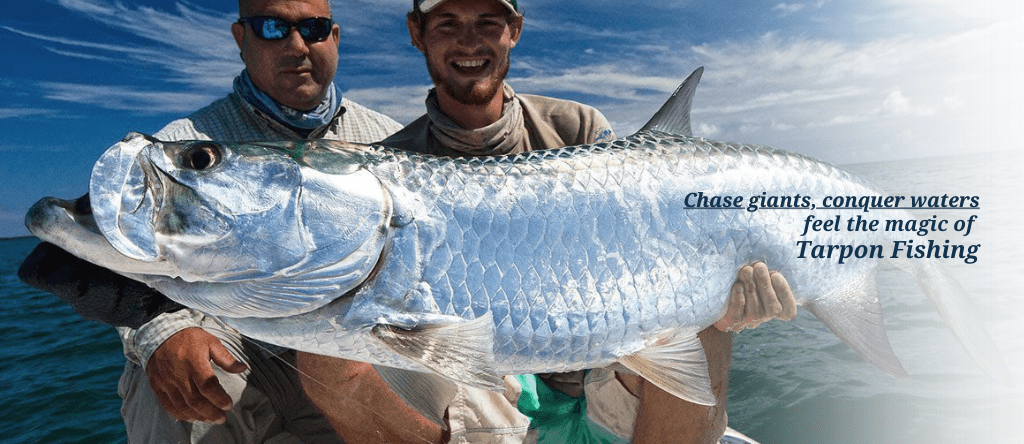
Conclusion
Tarpon fishing in Costa Rica isn’t necessarily about catching the big one—it’s about the experience, the adventure, and the memories accumulated in the process. If you are drawn to the most formidable challenge, the beautiful landscapes, or to test your mettle, tarpon fishing will be the kick of your lifetime.
So, get, set, and go! Take your tackle, book your holidays, and be ready for the fishing experience you never imagined.


